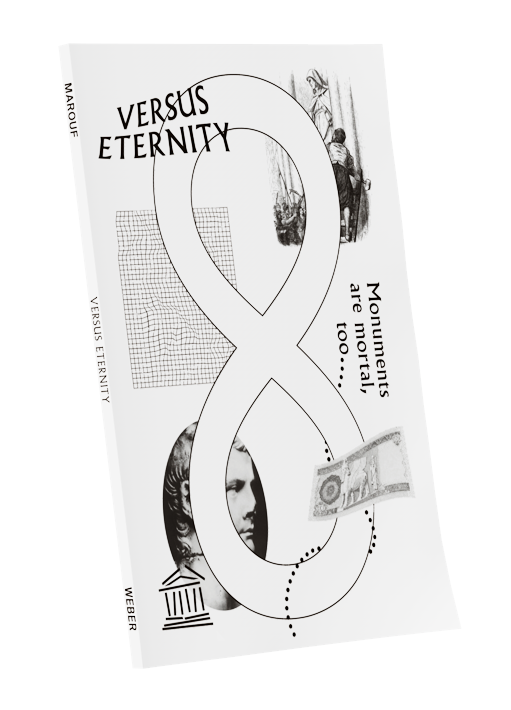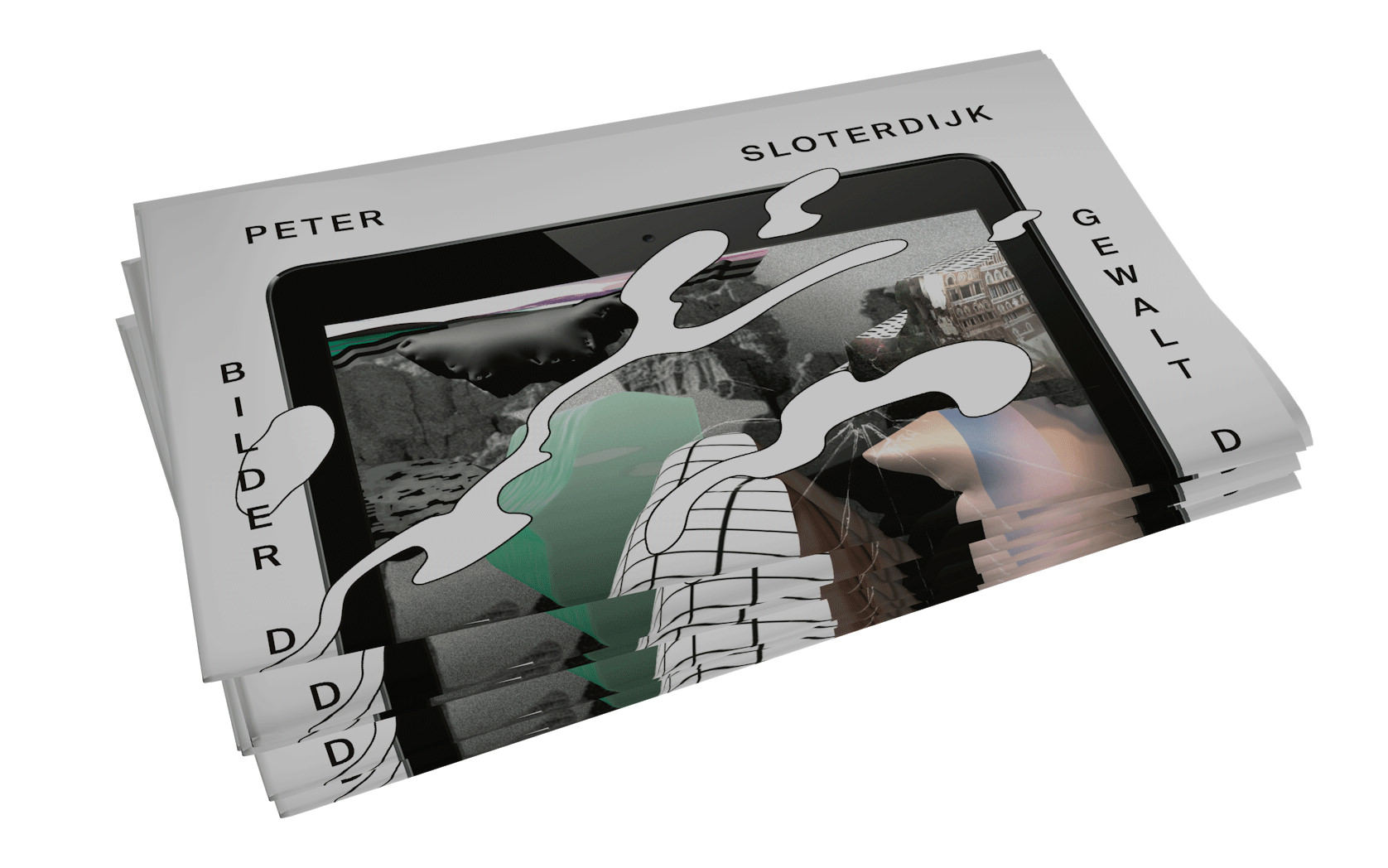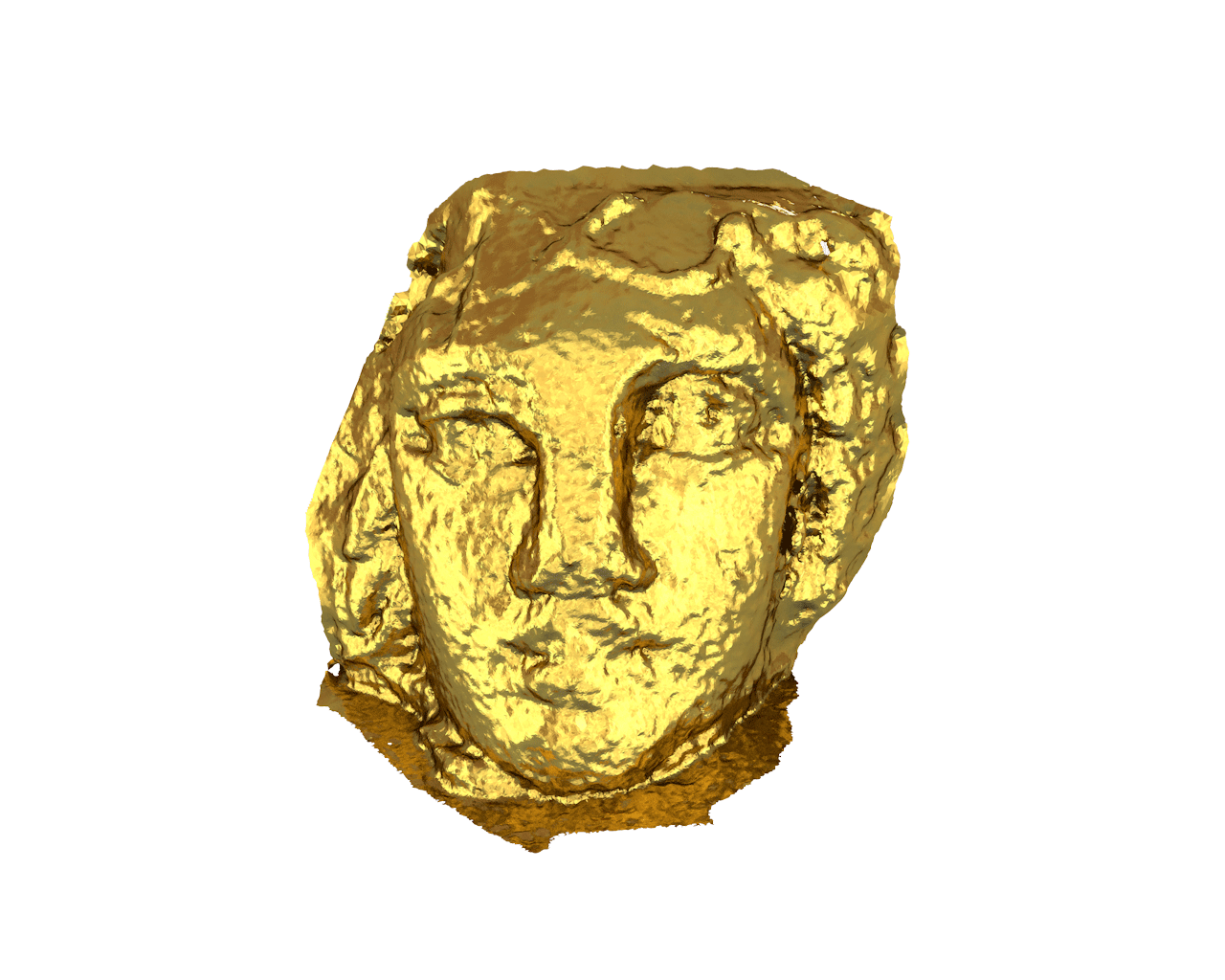Versus Eternity
Thoughts on the Destruction of cultural imagery
The fragility of materialized memory is often recognized in a moment of threat. In its destruction – implying its intitial exposure, meaning archeological excavations – images of the monuments destruction can be experienced as a state of consternation, empowering its symbolic dispersal. Currently the spread of images and videos showing destructions and looting are in great demand. A destruction of second nature, dissolving the ruins once more to their dust on our screens. Cultural images are telling us about the evolutional process which humans surpassed. Their destruction is banned in the images that are leveling it up to a symbol, nowadays translated into the digital age of youtube-videos and accumulated images in the internet. The photograph of such an explosion is ripping the cultural images apart just as the explosion itself. The new composition of pixels, working as a testimony, are exhibited through a digital communication network on the screen. Those computations encrypt even more messages, that are again crumbled apart and reconstructed. This cluster of information needs to be denoted so one can understand its actual message.

Damnatio Memoriæ
digital
The ancient practice of damnatio memoriae meant to destroy the reputations of powerful ones by destroying their imagery. Translating this method to the digital age, algorithms are stepping in the place of scratching or simply modifying the surface of ones image. Analog to the structural change we are undergoing as humanity, from linearity to computation, the iconoclastic gesture of damnatio memoriae is an aesthetisized response to intersubjectivity versus subjectivity.
Bilder der Gewalt –
Gewalt der Bilder
This is war – not beauty
Images showing violence are all around us. Where are they coming from? What is their impact on our visual culture? Starting in ancient times Prof. Peter Sloterdijk is examining the history of the violent image and the violence of the image.

Devices
state of communication
The series »Devices« is putting mockups of mobile devices like smartphones, tablets and smartwatches to a closer focus in regards to digital society and communication in the 21st century. Usually mockups are applied for presentations. As digital generated models, they usually find their use in hypothethical contexts. The unrealness is inhabited and they become frameholder to imaginate a final ‚product‘. Their aura of flawless hyperrealism is mostly presented in an overesthetic void. This style of hyperrealistic imagery can be seen as the inherent distance in communication passed by and encouraged through such devices. Many studies have unfolded the effects on current social disorders, i.e. social isolation through the mobile self. In making us part of this infinite communication chain, humans are being subjectified.
Versus Eternity
The ancient civilisation of Mesopotamia followed the Tigris–Euphrates rivers and is regarded by the West to be the ‘cradle’ of civilisation. Mesopotamians lived their lives in the quest for immortality and hoped that through their structures and monuments, they could ultimately become “immortal”. As these structures disappear, through their recreation via digital media, are we helping to fulfill their ancient desires?
Reader & Viewer
selection of research results
The reader and viewer is the research collection of Versus Eternity. Simply bundled up it exposes the diverse understandings of fallen monuments in different disciplines and their connection within.

Thoughts on
the Destruction of
cultural imagery Damnatio Memoriæ –
Digital Bilder der Gewalt –
Gewalt der Bilder Devices – state
of communication Versus Eternity –
short motion Reader & Viewer

